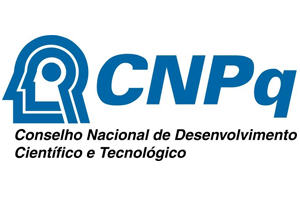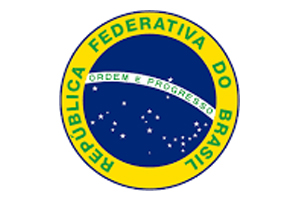Mortada Ibrahim Jassim
University of Babylon / College of Science / Department of Biology, Iraq
Shaemaa Muhi Hasson Al-Amery
University of Babylon / College of Science / Department of Biology, Iraq
Yazi Abdullah Jassim
University of Babylon / College of Science / Department of Biology, Iraq
ABSTRACT
Background: Syzygium cumini (L.) Skeels, a member of the Myrtaceae family, is widely recognized for its diverse pharmacological properties, including anti-inflammatory, anti-cancer, anti-diabetic, and cardioprotective effects. Its bioactive compounds have demonstrated potential in antimicrobial and antioxidant applications. This study aimed to evaluate the chemical composition, antioxidant capacity, and synergistic antibacterial effects of S. cumini leaf extract in combination with antibiotics. Methods: Fresh S. cumini leaves were collected and extracted using a 50% aqueous-methanolic solvent. High-performance liquid chromatography (HPLC) was used to identify and quantify key phenolic compounds in the extract, including chlorogenic acid, catechin, kaempferol, myricetin, quercetin, ferulic acid, and gallic acid at concentrations of 74.1, 98.0, 165.8, 198.7, 201.4, 221.4, and 273.9 ppm, respectively. The antioxidant activity of the extract was assessed using the DPPH free radical scavenging assay, and the inhibitory concentration (IC₅₀) was determined. The antibacterial activity and synergistic effects of the extract were evaluated against multiple pathogenic bacterial strains in combination with six conventional antibiotics using the disk diffusion method. Results: The S. cumini leaf extract exhibited potent antioxidant activity, with a DPPH scavenging rate of 91.25% at a concentration of 200 µg/mL and an IC₅₀ value of 20.28 µg/mL. Synergistic antibacterial effects were observed when the extract was combined with six antibiotics, demonstrating an enhanced inhibitory effect against tested bacterial strains. The results suggest that the bioactive compounds present in S. cumini may potentiate the antimicrobial activity of conventional antibiotics, making them a promising adjunct in antimicrobial therapy. Conclusion: The findings of this study highlight the potential of S. cumini leaf extract as a natural source of antioxidants and antimicrobial agents. Its ability to enhance the efficacy of antibiotics suggests a possible role in combatting antibiotic resistance. Further studies are recommended to elucidate the underlying mechanisms and explore its clinical applications in laboratory medicine and pharmaceutical formulations.
Keywords: Syzygium Cumini, Myrtacea, Antioxidant Activity, HPLC.




